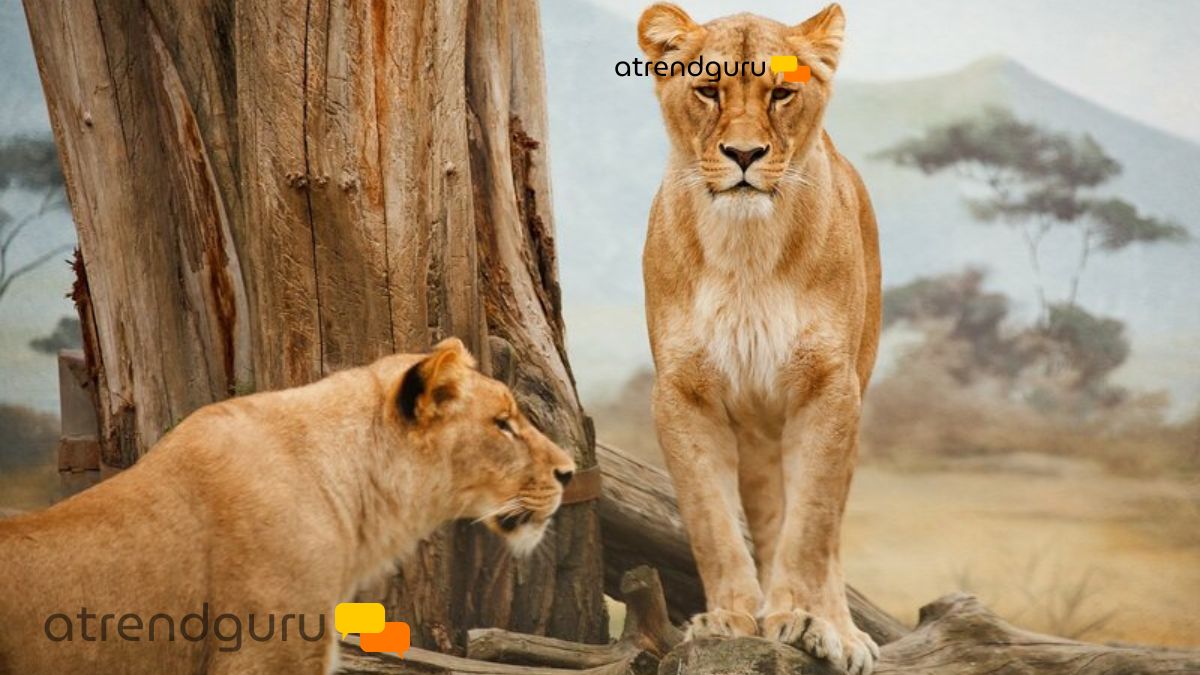Learn how protecting wildlife ensures a sustainable future for all living things, conserves biodiversity, and keeps ecosystems in balance.
The Effects of Protecting Wildlife on Biodiversity and Ecosystems
In order to preserve biodiversity and keep ecosystems healthy, wildlife protection is essential. Ecosystems work well when species flourish, which benefits all life on Earth. Here are some ways that biodiversity and ecosystems benefit from wildlife conservation.
Preserving the Equilibrium of Ecosystems
Each species plays a role in maintaining the ecosystem's health. Wildlife protection benefits:
Control the interactions between predators and prey to avoid overpopulation or extinction.
Make sure pollinators, such as butterflies and bees, flourish so that plants can grow.
Manage invasive species that have the potential to upset natural ecosystems.
2. Maintaining Genetic Variability
Biodiversity guarantees that species can adjust to changes in their surroundings. Protection of wildlife:
stops the extinction of species, which damages ecosystems.
lessens habitat fragmentation, which promotes healthy breeding populations.
encourages robust ecosystems that can bounce back from the effects of climate change.
3. Enhancing Human Livelihoods and Natural Resources
Humans gain from wildlife conservation by:
preserving forests, which filter water and supply oxygen.
maintaining agriculture and fisheries that depend on healthy ecosystems.
encouraging ecotourism as a long-term revenue stream for localities.
Important Point:
Group Action Is Needed for Conservation
Protecting wildlife is a shared duty that includes:
Conservation laws are enforced by governments.
groups in charge of restoration and research initiatives.
People promoting eco-friendly goods and cutting back on waste















